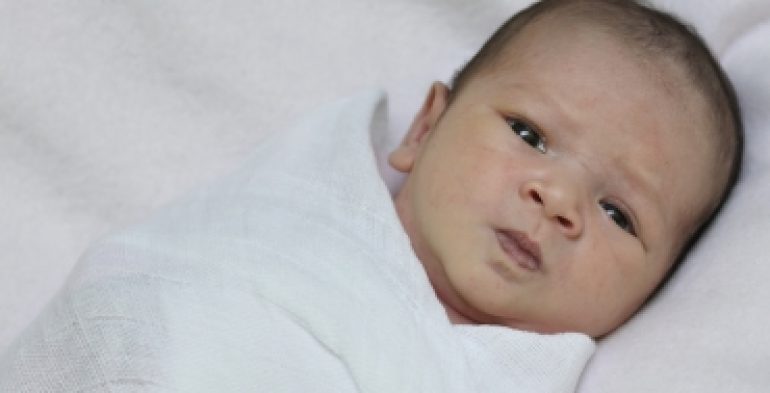
Swaddling is the practice of wrapping a baby snuggly and securely in a blanket and can be an effective way of reassuring and soothing a newborn baby and promote easier settling and better sleep. However, it is important that swaddling be learned properly and ideally from a health care professional, usually a nurse at the hospital where the baby is born. There are certain risks associated with swaddling which should be considered, and if you plan to swaddle your baby at home you need to follow a few safety guidelines.
A baby’s face must never be covered or in danger of being covered.
A baby must not be allowed to overheat which can be a risk with a heavier blanket when the baby is swaddled.
A baby must NEVER be allowed to lie on their front when swaddled. Babies must be monitored and it is vital that swaddling ceases before the age when a baby may be able to roll themselves onto their front and get stuck when the parents are not looking.
Babies who are swaddled too tightly may develop problems with their hips (hip dysplasia) and it is important when swaddling that the baby can move their legs allowing them to bend up and out.
There is some association with SIDS (Sudden Infant Death Syndrome) and swaddling possibly because swaddling promotes a deeper sleep with less easy arousal from sleep; possibly because of overheating or the baby being swaddled on their front. The important thing is to learn from your health care professional how to swaddle correctly to safely enjoy the benefits of swaddling.
Some newborn babies love being swaddled and feel safe and secure, settle and sleep better, others do not like to be swaddled. There is no reason not to swaddle your newborn baby if he or she likes it as long as you are taught to do so properly and safely and stop before your baby is in danger of rolling over. Consult your health care professional for further information and advice.








